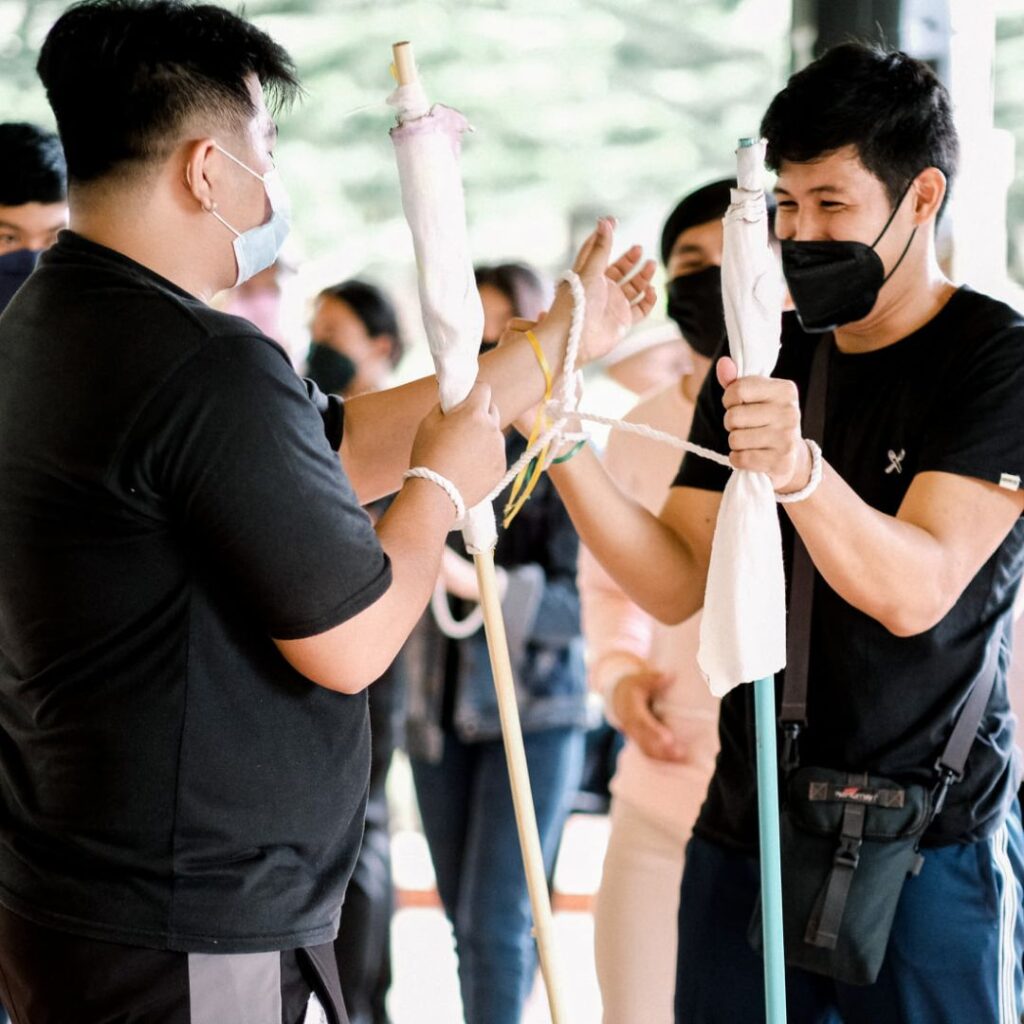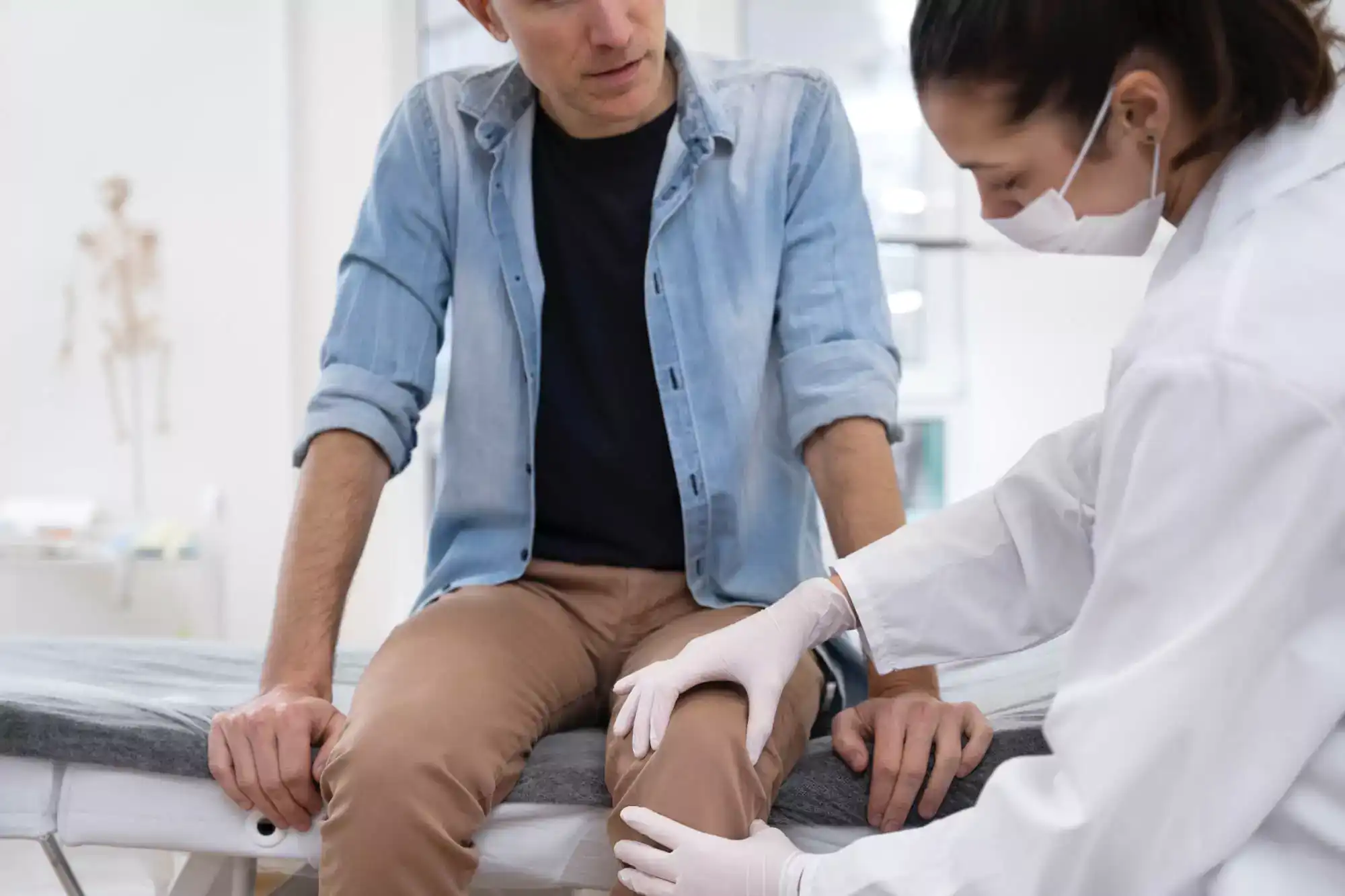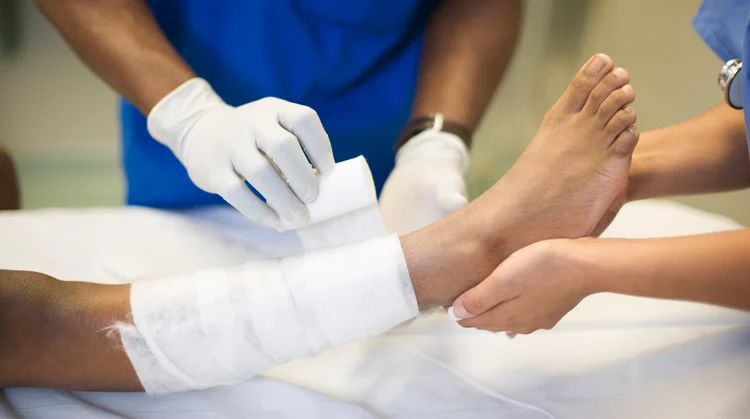The anterior cruciate ligament (ACL) plays a crucial role in maintaining stability and function in the knee joint. When injured, particularly during sports or sudden movements, ACL tears can significantly impact mobility and quality of life. ACL reconstruction surgery has evolved to become a standard treatment, offering patients a path to regain stability and resume their active lifestyles.
Understanding ACL Reconstruction
ACL reconstruction is a surgical procedure aimed at repairing or replacing a torn ACL in the knee. The primary goals of this surgery include restoring knee stability, improving range of motion, and preventing future joint complications.
Common Causes of ACL Injuries
ACL injuries often occur during sports activities that involve sudden stops, changes in direction, or direct impact to the knee. Non-sports-related incidents such as falls or accidents can also lead to ACL tears, highlighting the broad spectrum of scenarios where knee ligament injuries can occur.
Diagnostic Procedures for ACL Tears
Diagnosing ACL tears typically involves a comprehensive physical examination, where orthopedic specialists assess knee stability and conduct specific tests to evaluate the extent of the injury. Advanced imaging techniques, particularly MRI scans, are crucial for accurate diagnosis, helping surgeons plan appropriate treatment strategies.
Surgical Techniques in ACL Reconstruction
Traditionally, ACL reconstruction involved open surgery techniques. However, advancements in arthroscopic surgery have become the preferred method due to its minimally invasive nature and reduced recovery times. Arthroscopic ACL reconstruction utilizes small incisions and a camera (arthroscope) to guide surgical tools, allowing surgeons to repair or replace the ACL with precision.
Advances in ACL Reconstruction Surgery
Recent advancements in ACL reconstruction have focused on enhancing surgical techniques and improving patient outcomes. Surgeons now have a choice between using autografts (tissue from the patient’s own body) or allografts (donor tissue) for ACL reconstruction, each presenting unique benefits and considerations. Emerging trends include double-bundle reconstruction techniques and anatomical graft placement, which aim to replicate the natural anatomy of the knee more closely.
Rehabilitation and Recovery
Post-operative care is crucial for successful ACL reconstruction outcomes. Patients undergo a structured rehabilitation program that starts immediately after surgery, focusing on reducing pain and swelling, restoring knee strength, and improving range of motion. Physiotherapy plays a vital role in helping patients regain functional mobility and preventing muscle atrophy during recovery.
Outcomes and Success Rates
The success of ACL reconstruction surgery depends on several factors, including the patient’s age, activity level, and the type of graft used. Studies indicate high success rates for ACL reconstruction in restoring knee stability and enabling patients to return to their previous levels of activity. Patient testimonials often highlight improved quality of life and confidence in knee function post-surgery.
Takeaway
ACL reconstruction surgery remains a cornerstone in orthopedic care, providing effective treatment for ACL injuries and enabling individuals to resume active lifestyles with reduced risk of knee instability. As advancements in surgical techniques continue to evolve, the future holds promise for further improving outcomes and expanding treatment options for ACL injuries.











